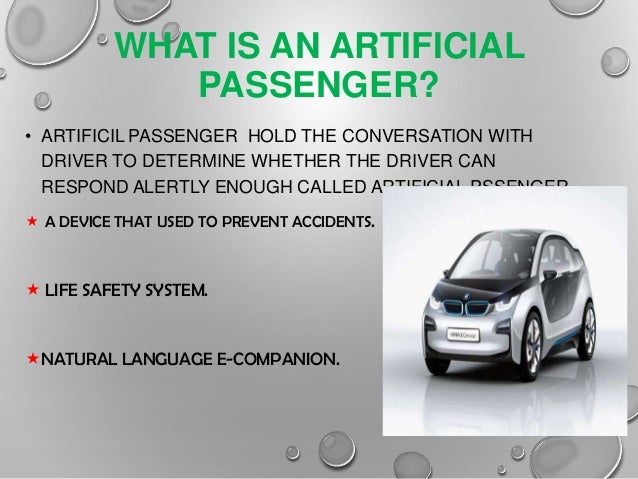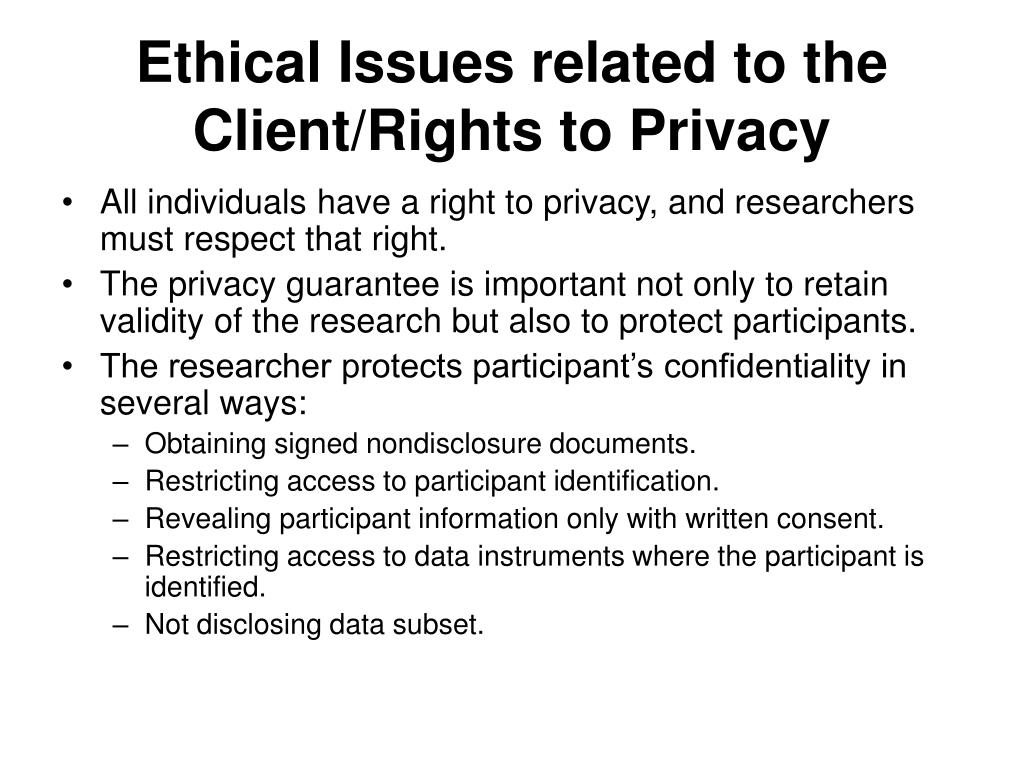Artificial Passenger Presentation
| Introduction to Artificial Passenger | ||
|---|---|---|
| An artificial passenger is a concept in autonomous vehicles where a virtual or physical presence mimics the experience of having a passenger on board. The purpose of an artificial passenger is to enhance the comfort and safety of the driver, as well as provide a more engaging experience during solo rides. Artificial passengers can take various forms, including virtual characters, interactive displays, or even robotic companions. | ||
| 1 | ||
| Benefits of Artificial Passenger | ||
|---|---|---|
| Artificial passengers can provide companionship and reduce feelings of loneliness during long drives. They can assist with navigation, providing real-time updates and suggestions for routes, landmarks, and points of interest. Artificial passengers can also monitor the driver's behavior and alert them if they show signs of fatigue or distraction. | ||
| 2 | ||
| Types of Artificial Passengers | ||
|---|---|---|
| Virtual characters can be displayed on in-car screens, offering conversation, entertainment, and information. Interactive displays can simulate the presence of a passenger by displaying virtual avatars that respond to the driver's actions and engage in conversation. Robotic companions, such as small robots or animatronic figures, can physically occupy a seat and interact with the driver through gestures, speech, and facial expressions. | ||
| 3 | ||
| Safety Considerations | ||
|---|---|---|
| Artificial passengers should not distract the driver or interfere with their ability to focus on the road. It is crucial to ensure that the interaction with the artificial passenger does not compromise the driver's attention or response time. The design of artificial passengers should prioritize safety and comply with regulations regarding distractions in vehicles. | ||
| 4 | ||
| Challenges and Limitations | ||
|---|---|---|
| Creating believable and engaging artificial passengers requires sophisticated artificial intelligence algorithms and natural language processing capabilities. The personalization of the artificial passenger experience is a challenge, as it needs to adapt to the driver's preferences and behavior. Balancing the level of interaction to avoid overwhelming the driver while still providing an enjoyable experience is a delicate task. | ||
| 5 | ||
| Future Developments | ||
|---|---|---|
| Advances in artificial intelligence and machine learning will enable more realistic and context-aware artificial passengers. Integration with smart home systems and personal digital assistants could enhance the artificial passenger's capabilities and provide a seamless user experience. Collaborative efforts between automotive manufacturers, technology companies, and psychologists will shape the future of artificial passengers. | ||
| 6 | ||
| Ethical and Legal Considerations | ||
|---|---|---|
| Privacy concerns arise when artificial passengers collect and process personal data during interactions with the driver. Regulations and guidelines need to be established to ensure that artificial passengers do not compromise safety or violate privacy rights. Clear guidelines should be set regarding the responsibility and liability in case of accidents or incidents involving artificial passengers. | ||
| 7 | ||
| User Feedback and Acceptance | ||
|---|---|---|
| User acceptance is crucial for the success of artificial passengers, and feedback should be actively sought during development and deployment phases. Surveys, focus groups, and usability tests can help understand user preferences, expectations, and concerns. Continuous improvement based on user feedback will be essential to refine the artificial passenger experience. | ||
| 8 | ||
| Conclusion | ||
|---|---|---|
| Artificial passengers have the potential to enhance the driving experience, providing companionship, assistance, and entertainment. As technology advances and user acceptance grows, artificial passengers will become more integrated into autonomous vehicles. Careful consideration of safety, privacy, and regulatory aspects will be necessary to ensure a successful and responsible implementation of artificial passengers. | ||
| 9 | ||







